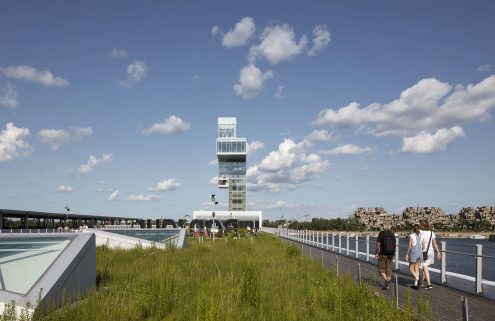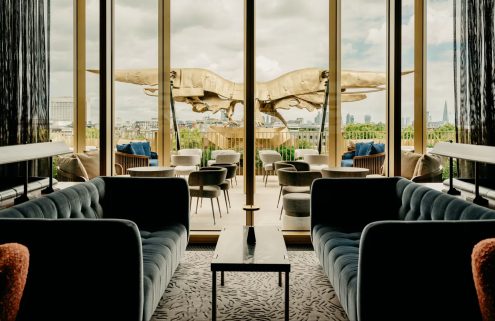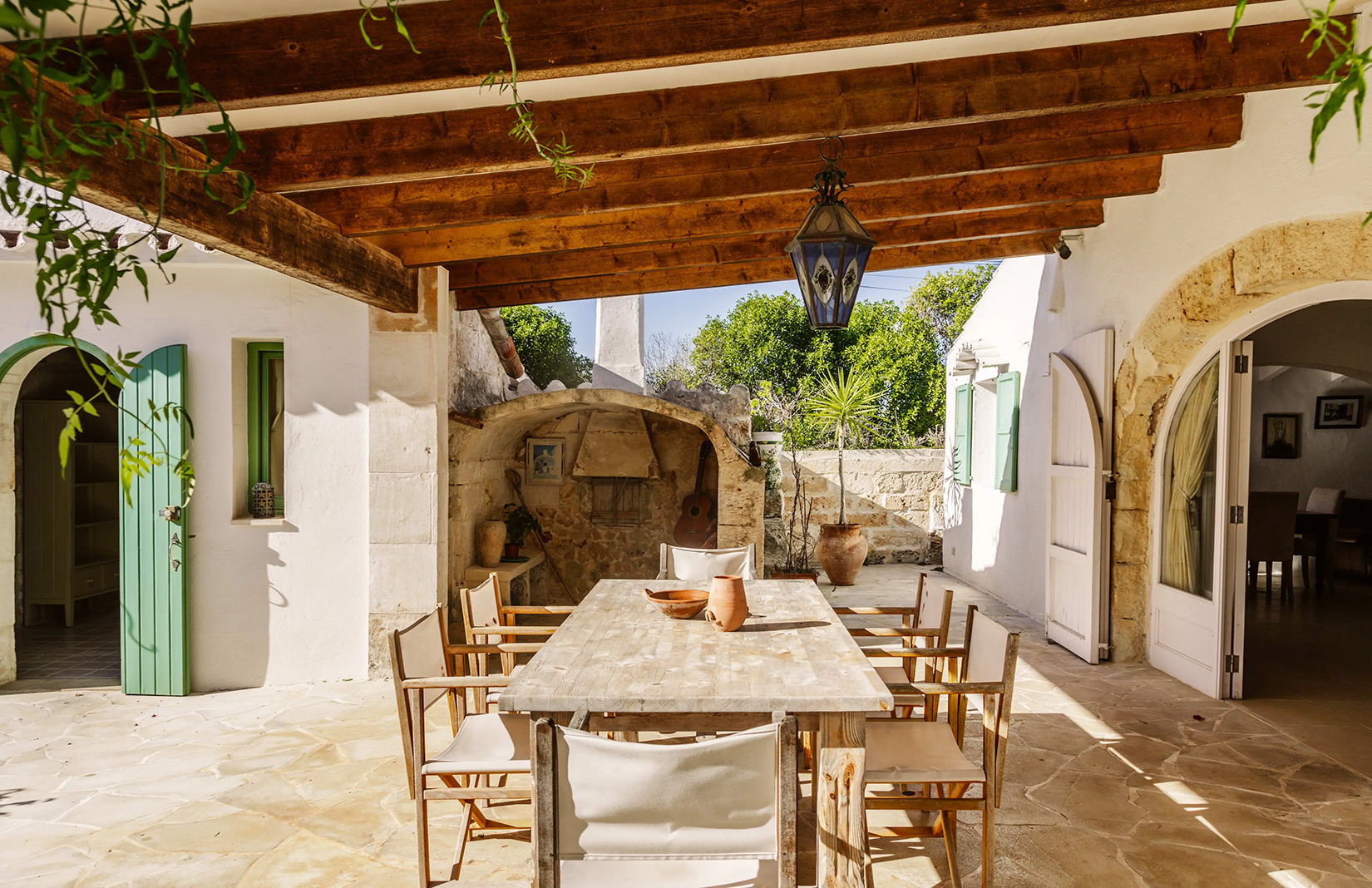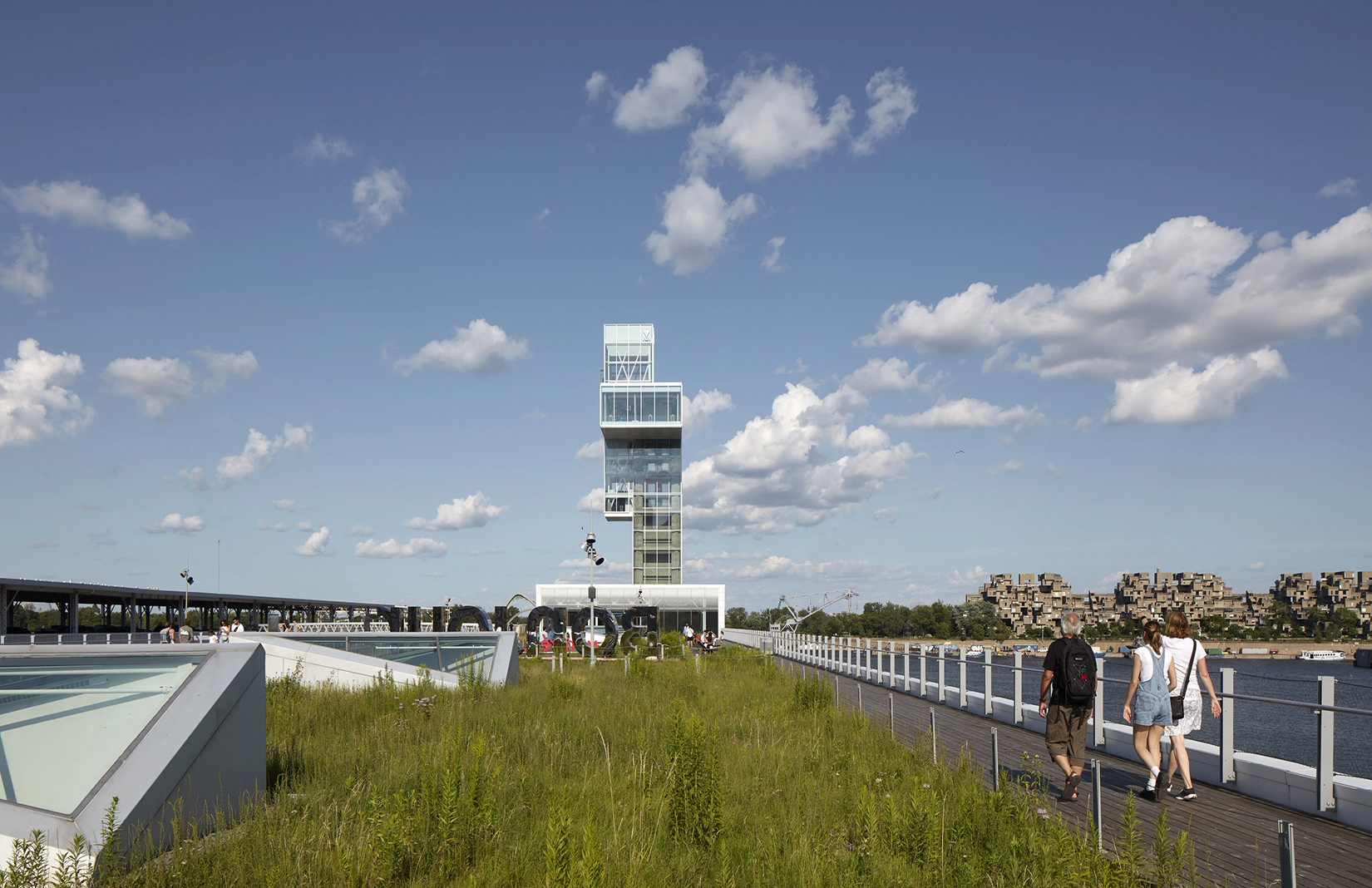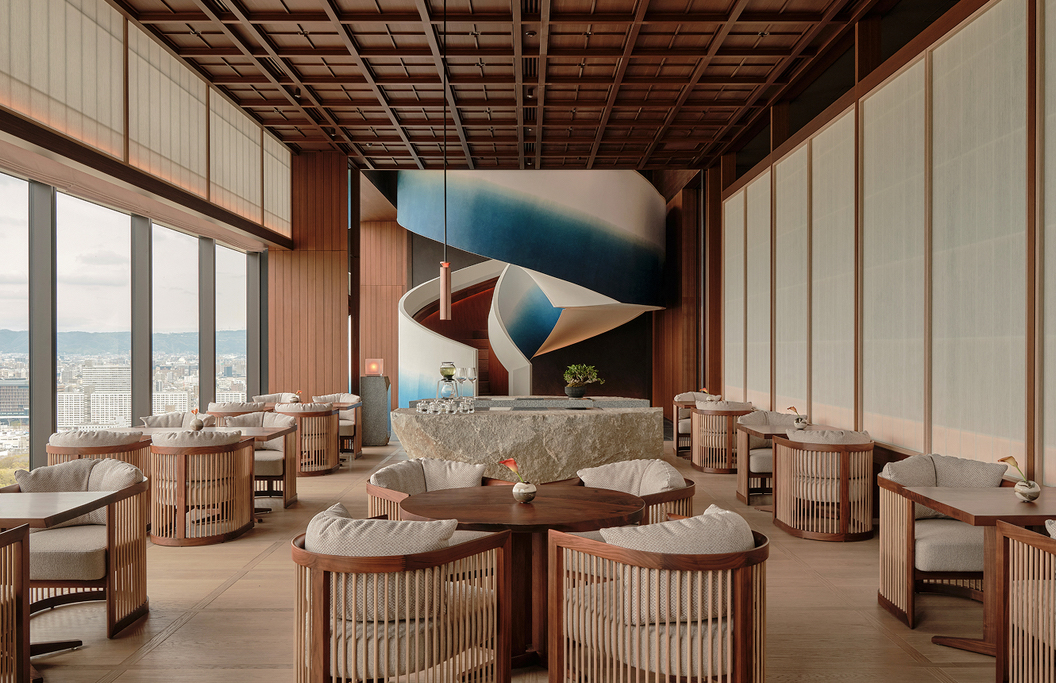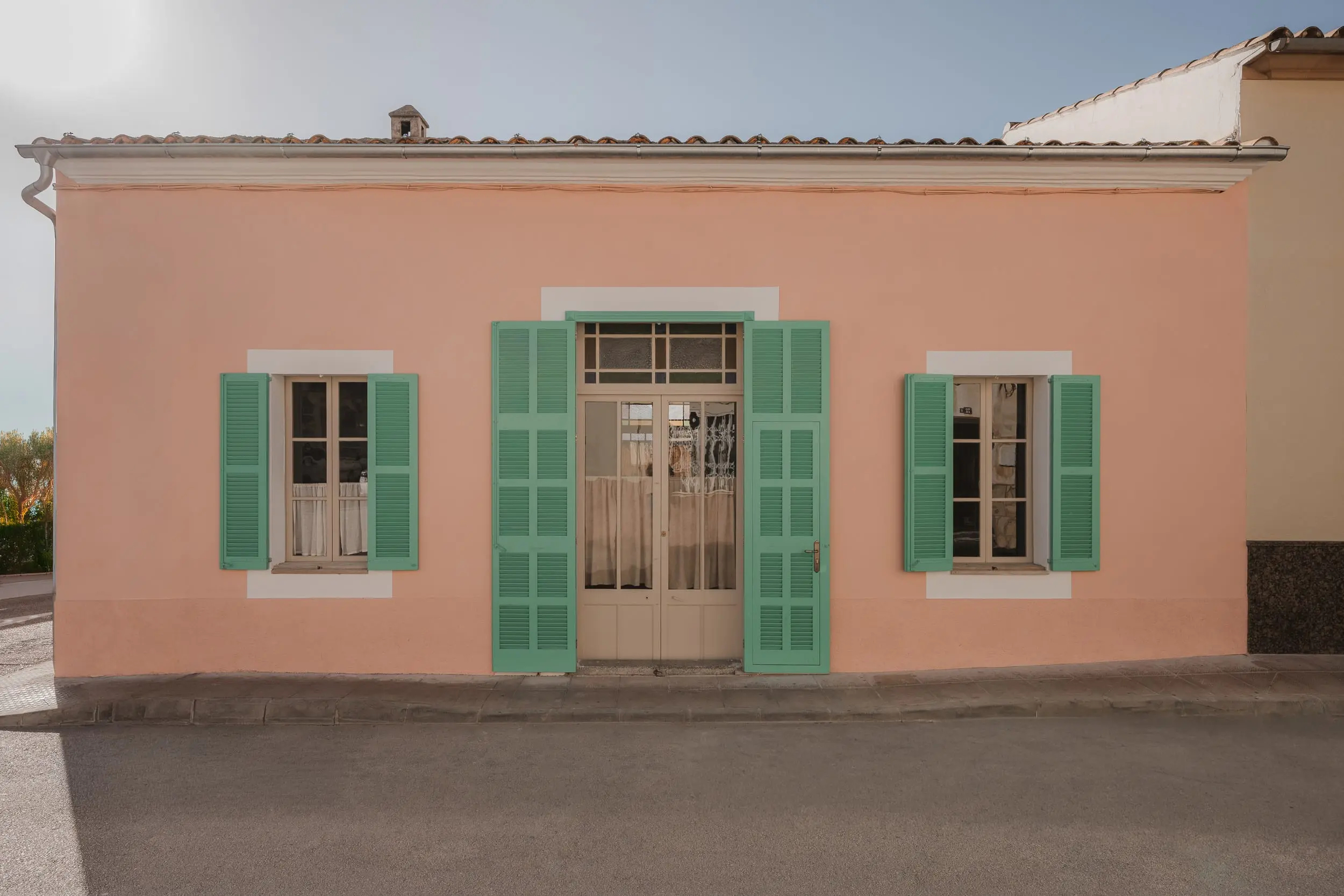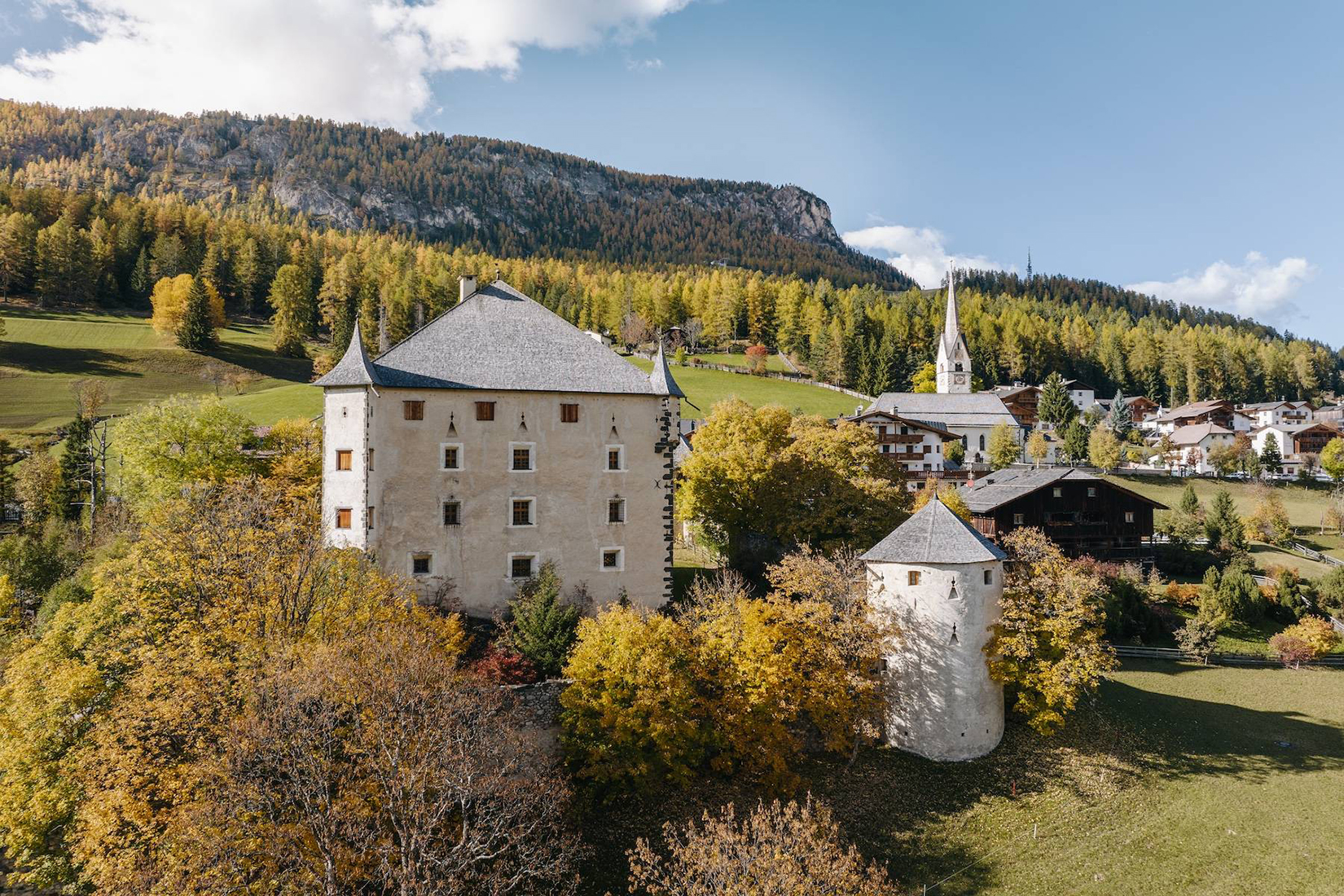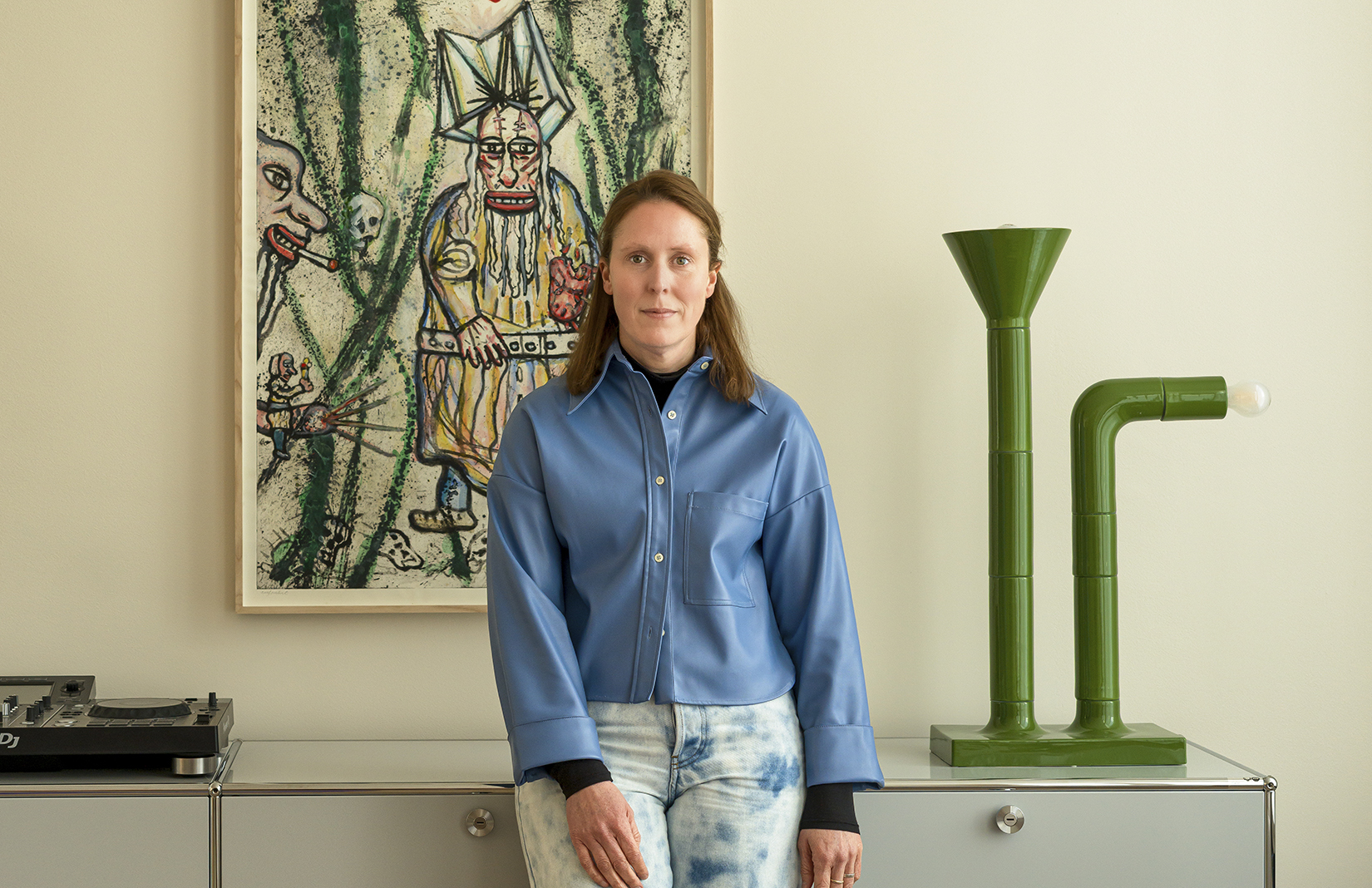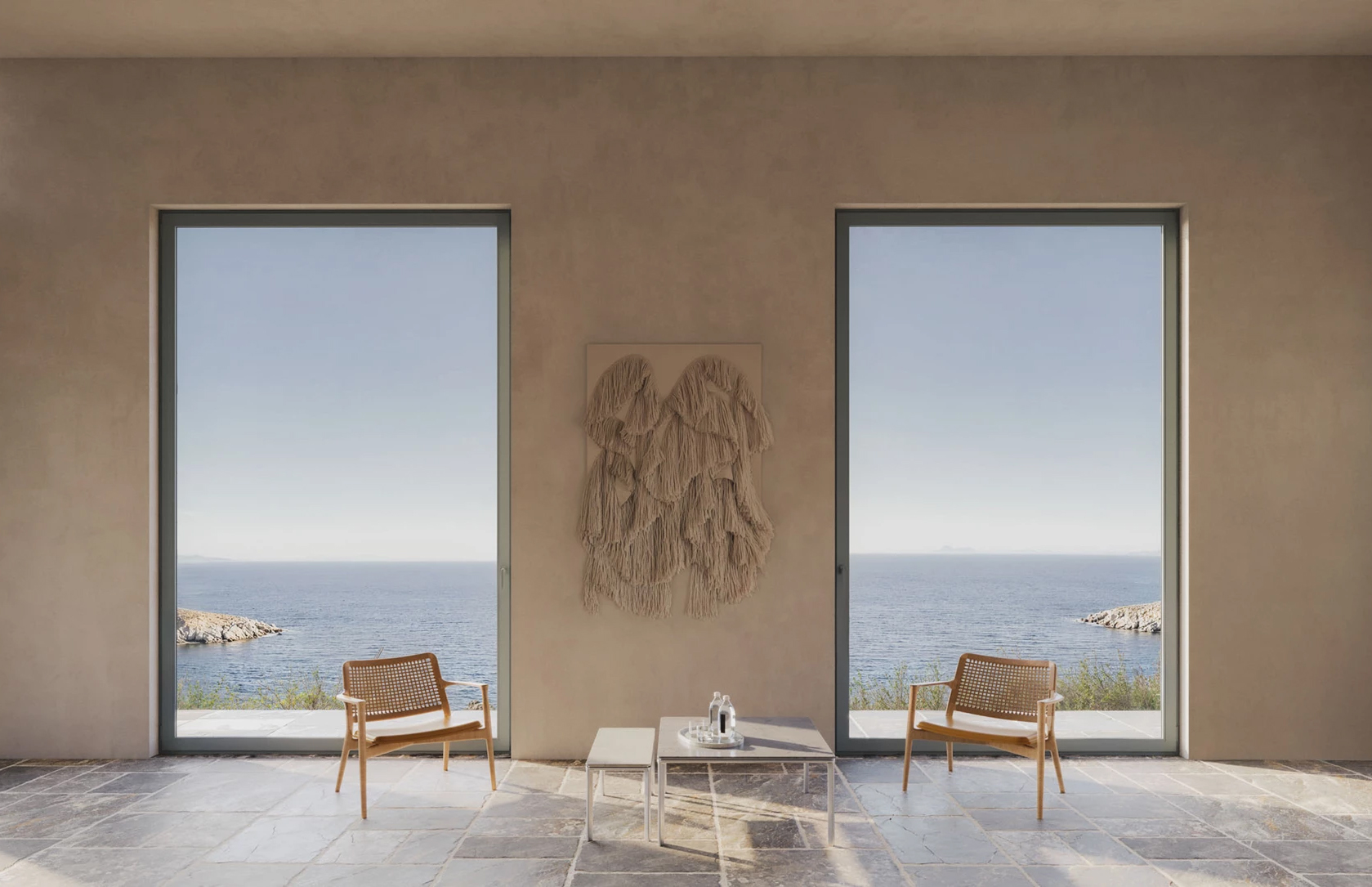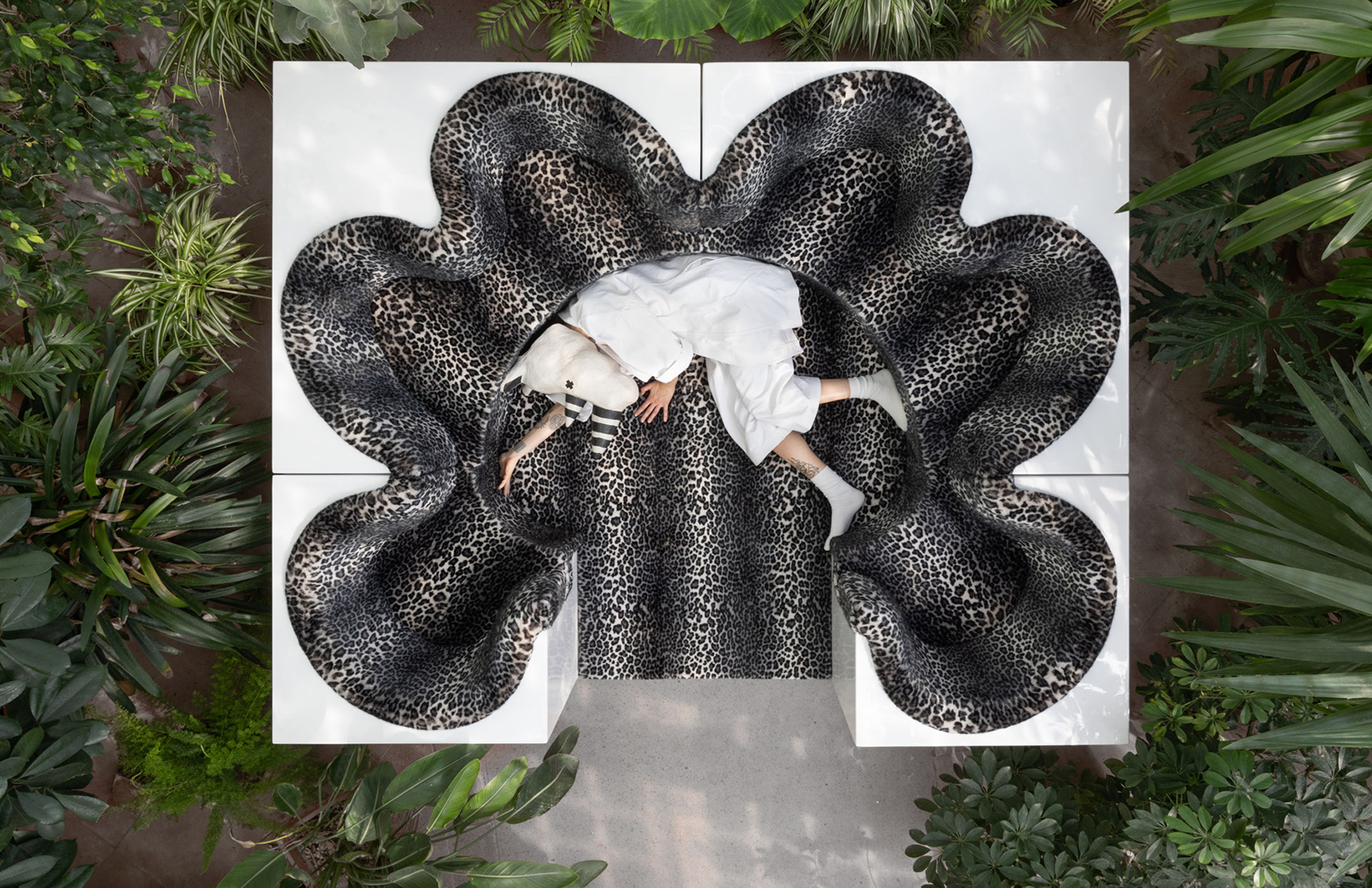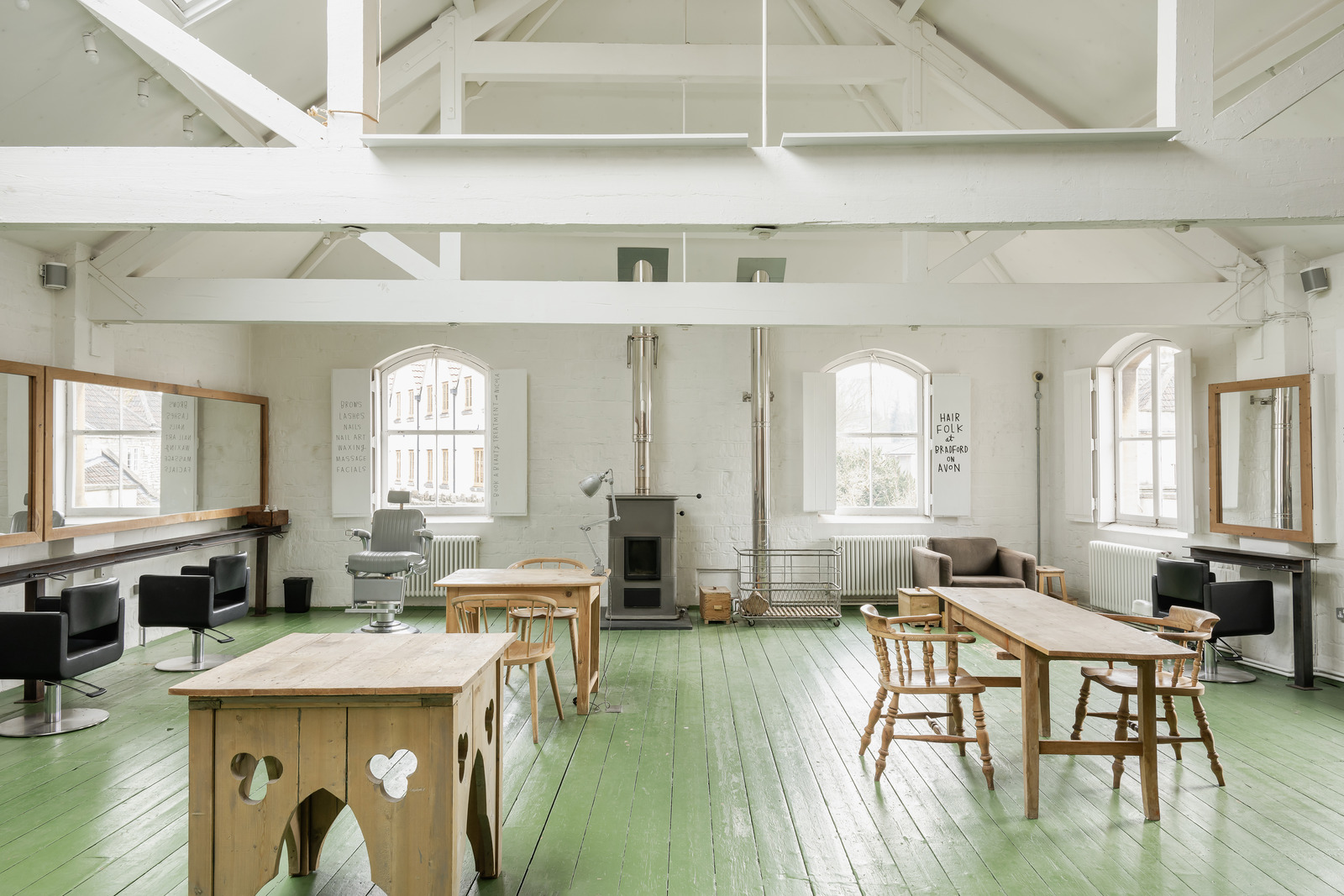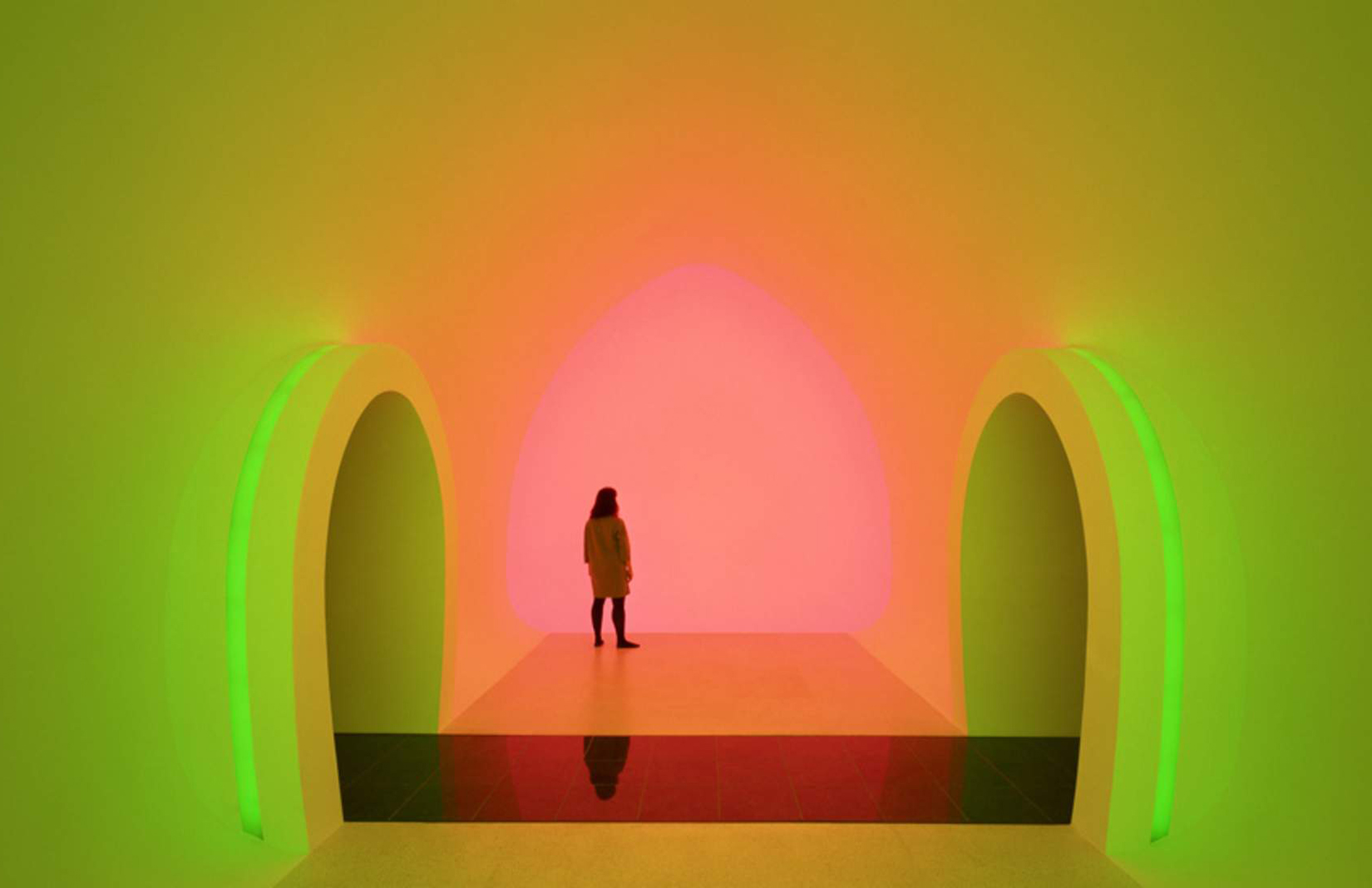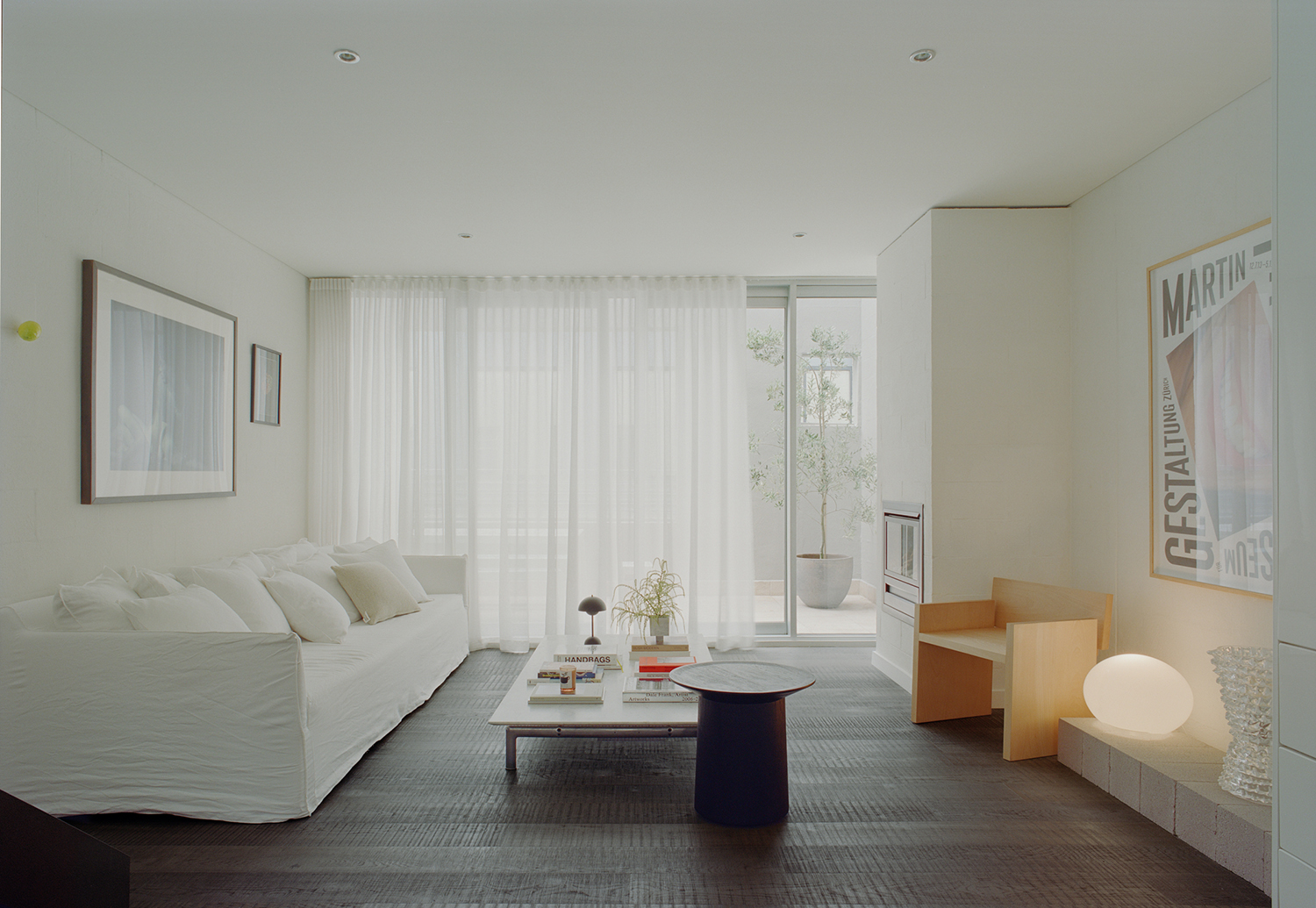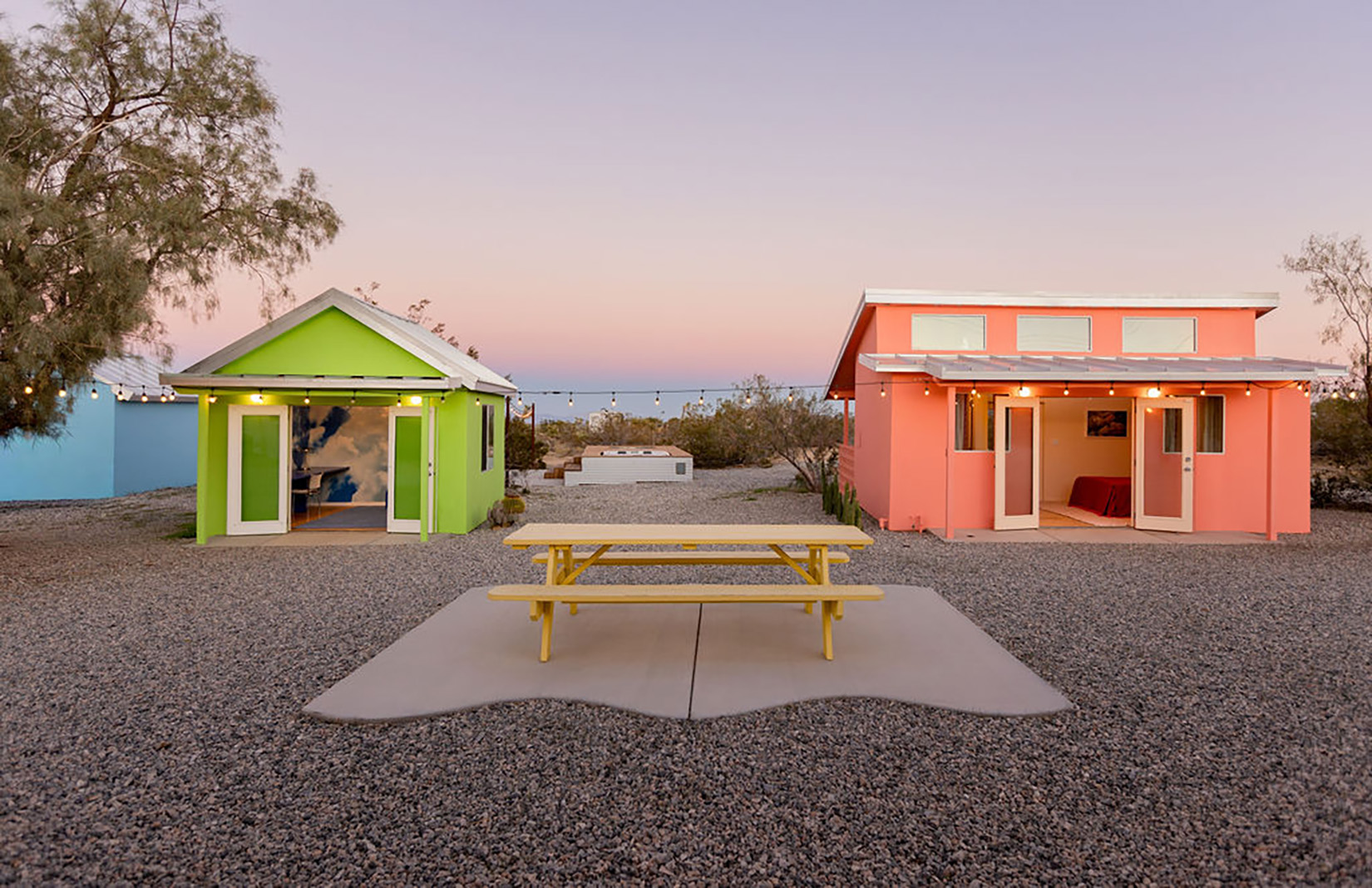
The world of work has been on one hell of a ride over the past five years.
First came the pandemic-fuelled work-from-home orders, then the gentle first forays back to offices. Now, we are facing a much more divisive phase in the great workplace debate. In one corner, there are those calling for a full reversion to pre-COVID office attendance. In the other, there is an equally vehement group of individuals, businesses, and organisations advocating for a more long-term, flexible approach.
The question of where we should hang our occupational hats has become one of the biggest and longest-running global deliberations to emerge out of the pandemic. And it’s here to stay. Just ask the people designing and delivering our future workspaces.
Despite a rise in mandated calls back to the office, the truth is that the way we work has changed. Not only that, but occupier, tenant, and employee demand has never been more powerful. ‘Post-covid, working patterns shifted forever,’ says Martin Devine, head of the flexible offices advisory team at commercial real estate services firm Avison Young. ‘When people were asked, or forced, to come back to the office there was a global voice, particularly among Gen Zs and Ys, that said we don’t feel comfortable with that.’ It has become clear, he adds, that rather than a rejection of offices outright, that voice represents a rejection of offices that don’t meet modern expectations.
He says the result will be a ‘fundamental rethink of the modern workplace’ to reflect those demands.
Indeed, many businesses hope that offering the right sort of workspace will lure rather than force people back. This strategy has then made its way up the chain to the developers and designers, who know that if they want to attract tenants, they must deliver the sort of spaces their would-be occupiers are looking for.
So, what does that space look like?
The great flex space glow-up

Two major work trends are dictating the success of contemporary office spaces: flight to quality and an increased demand for flexibility. But what people are really looking for is a combination of the two.
This shift has led to a renewed focus on creating high-quality, amenity-rich office spaces. In July, firm Kohn Pedersen Fox (KPF) revealed plans to transform Foster + Partners’ 8 Canada Square in Canary Wharf into a mixed-use development with cut-out terraces for break-out areas, retail, and leisure—a clear example of this trend. Additionally, the flexible office sector is maturing significantly. Instead of free beer and ping pong tables, modern flexible workspaces now feature artisanal on-site bakeries and stylish marble island units. These spaces are also being integrated into traditional office portfolios, further boosting their appeal and status.
The WilkinsonEyre-designed 8 Bishopsgate in the heart of the City of London is a prime example. Launched last year, it is already nearly fully let despite tough market conditions. This is mainly due to developer Stanhope’s focus on high-end design and materials, a non-negotiable commitment to sustainability and turning over 10% of the building to amenity space. Proof that the flight-to-quality adage is an accurate one. The building is also set to become home to standalone flexible coworking provider Huckletree this autumn when the company will take 75,000sq ft in the tower.

‘I think 8 Bishopsgate is a perfect example of a great building stack right now,’ says Avison Young’s Devine. ‘Not only have they got the design right from an overarching experience point of view, they have partnered with a dedicated flex operator in the building. This allows something that, historically, never happened which is that you can be a two or three person start-up and you can actually work out of 8 Bishopsgate and rub shoulders with the best companies on the planet.’
Stanhope isn’t the only real estate company shifting more attention towards this new, mature iteration of flex office space. UK-based developer Grosvenor plans to convert a fifth of its UK office stock—around 300,000 sq ft—into hospitality-led flexible space, and London-based Great Portland Estates has an ambitious target to deliver 1m sq ft of flex space across the UK capital.

Derwent London, the developer behind some of London’s most iconic office buildings including The White Collar Factory and The Tea Building, has taken the incorporation of flexible workspaces even further to meet changing occupier demands. The introduction of two private members-style clubs within its portfolio—one in west London and the other in the east—not only puts flexible working at the core of its company ethos, but it also shifts the role of the developer from space provider to lifestyle curator.
“There has been a lot of bad press about the future of offices. The reality is very different”—David Camp, chief executive, Stanhope
‘Our approach is not just about flexibility,’ says Kane Lewis, associate on the leasing team at Derwent London. ‘It is about providing the best product to meet individual requirements. That changes depending on occupier demographic and location. In Fitzrovia it has to be a bespoke, design-led product that will appeal to professional services and finance occupiers. In Old Street, we need a different product to appeal to tech and high-growth creative occupiers.’
And as for the two lounges, DL/28 in the East End and DL/78 on Charlotte Street in the West, the design is about as far from a traditional office as you can get. Much more in line with a private members’ club, this is, in effect, exactly what the spaces are. Free to enter for anyone within the portfolio, they are the ultimate modern iteration of flex space. They can both be used as a workspace, a meeting point, or just somewhere to drop in for breakfast, lunch or a coffee. Members are able to bring a guest, and larger rooms allow for meeting and event organisation.
The whole point, says Lewis, was to create spaces that reflected changing occupier demands while simultaneously keeping commercial workspace and the developer’s brand at the heart of the strategy. Proof that with the right outlook and openness to pivot, there is success to be had as an office developer in a world where the future of offices has been called into question.

A tale of two markets
It is not just about offering dedicated, flexible workspaces and add-ons, either. Flexibility across entire buildings and portfolios, along with top-notch sustainability credentials, is at the heart of the wider flight to quality trend.
Crucially, it is a trend showing no signs of being a flash in the pan. Not while there are tried and tested alternatives to travelling to the traditional office so readily available— ‘You have to compete with the commute’, says Avison Young’s Devine. Not just that, companies are increasingly competing with each other. As more businesses flock to workspaces they know have the best chance of attracting staff and talent, those who don’t are on ever-shakier territory. The knock-on effect of this shift to flexible, modern, amenity-heavy spaces can be seen clearly in real estate markets across the globe. Let’s take New York and London as two prime examples. Both are major global hubs and commercial powerhouses, and they’re both witnessing the emergence of a widening two-tier office market.
‘Performance in the New York’s office market really is a mixed bag depending on the age and location of the asset,’ says Michael Rudin, co-CEO of US-based real estate company Rudin Management. ‘When you last did upgrades or renovations really determines your leasing success. New products built within the last five years that are highly efficient with lots of amenities and in good locations are doing really, really well.’ On the other hand, he adds that lower-quality office buildings in the city are struggling.
It is the same story in London. ‘There has been a lot of bad press about the future of offices,’ says Stanhope’s chief executive David Camp. ‘The reality is very different. Providing you are doing super prime projects in the right location, the rental side has continued to perform very well. It will do for the foreseeable future because there is so little supply of that sort of property, and occupiers have got to move from secondary space to top-of-the-pile, ESG space.’

This isn’t new. The lure of decent, high-quality, flexible workspace has been delivering the goods for some real estate companies for years. Dutch developer EDGE famously managed to bring swathes of staff back to its central Amsterdam office by May 2020, just two months post-lockdown, due to its already in-situ flexible workspace offer bolstered by the right (also already in-situ) air-quality and occupancy reporting technology.
So, why wasn’t everyone delivering workspaces at this level back then? The simple fact is that, for a long time, the incentive to take on the additional costs of developing or redeveloping a building to such a high specification just wasn’t there. Now, supercharged by Covid and the post-pandemic shift in the way we work, it most definitely is. The key is to find a way to be on the right side of occupier demand before it’s too late.
‘Evolution of office space is a function of demand,’ says Devine. ‘A lot of landlords are not seeing success and they are the ones who need to evolve the quickest. Some of them may be out there, scratching their heads and wondering why their lending activity isn’t increasing. That’s because they are not looking forward to where their building needs to be. Ultimately it’s about the end-user of tomorrow. What do they want out of their office space? That’s the answer.’
